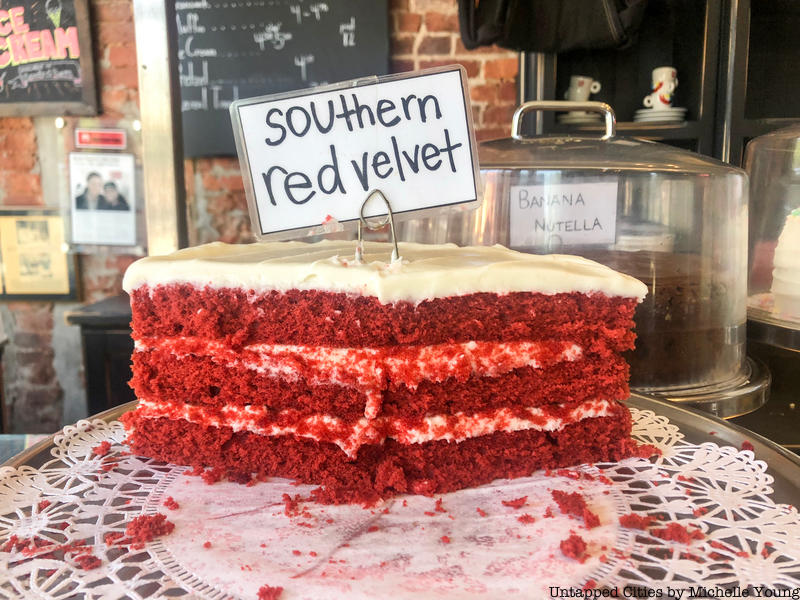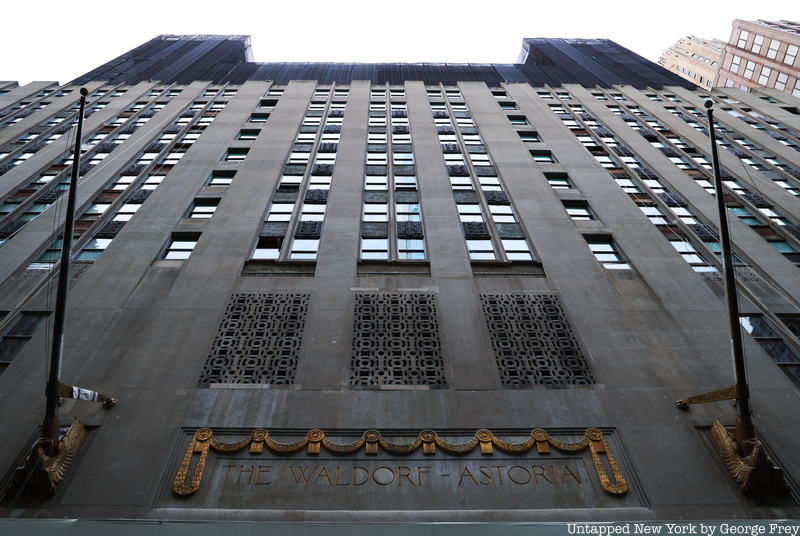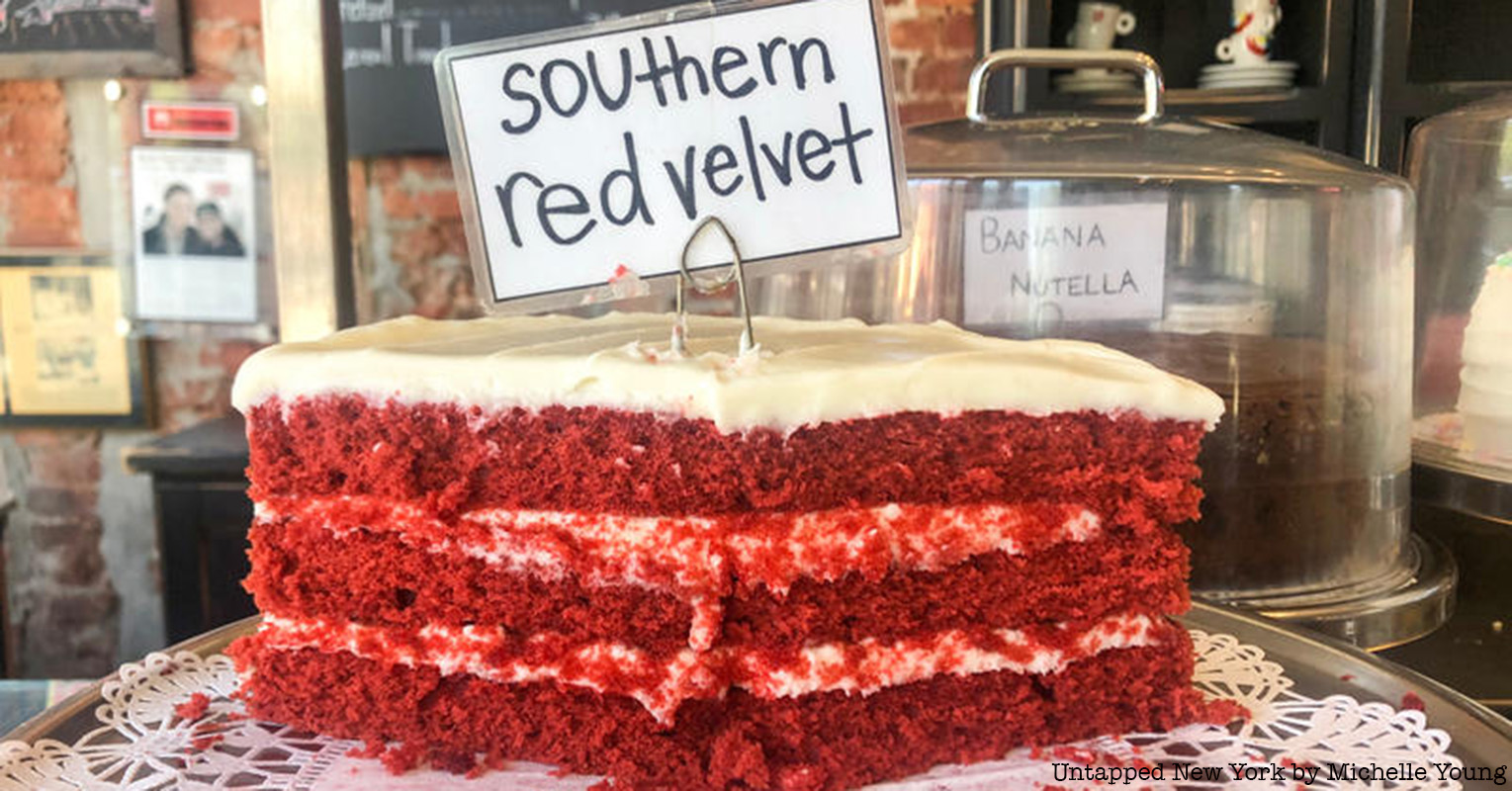Many places — including the Waldorf-Astoria Hotel on Park Avenue — credit themselves with inventing red velvet cake. Although no one knows who created the recipe, it is certain that the Waldorf-Astoria helped popularize red velvet cake in New York. Along with inventing the red dessert, the historic hotel is notable for sitting atop an abandoned train station, as well as once owning Cole Porter’s Steinway piano.
Calling this specialty the “Waldorf-Astoria cake,” the hotel served it to guests who traveled far and wide for the dessert. They claim to have sold the cake in the 1920s; however, the recipe only appeared in print around the 1940s and 1950s. Along with the Waldorf-Astoria, the Adams Extract company, Eaton’s Department Store and Irma S. Rombauer’s “The Joy of Cooking” all coveted their variations of a red velvet cake recipe.

Whereas some like Rombauer and the Adams Extract company published their recipes, the Waldorf-Astoria’s recipe was secret. That is until a young woman from Seattle asked the chef of the Waldorf-Astoria for the recipe in the 1950s. Although she dreamt of the cake frequently enough that she wrote him a letter to get the recipe, she was outraged after the chef sent the recipe to her along with a nearly $350 fee. According to a lawyer, she would have to pay the fee because she had asked for the recipe before asking if she would need to pay for it. This slip-up allowed the chef to take advantage of her when passing along the recipe.
Legend has it that the woman, whose name has fallen into the cracks of history, shared the recipe with the world out of rage. Many say she shared the recipe with all her friends along with strangers on the street. One day, she allegedly boarded a bus in San Jose and passed out copies of the recipe to everyone on board.

Now, more than half a century after the alleged scandal took place, the Waldorf-Astoria shares the recipe with anyone who asks. The Hilton, the current owner of the Waldorf-Astoria Hotel, published the recipe under the title “Let Them Eat (Red Velvet) Cake,” acknowledging the mysteries embedded in the historic red velvet cake recipe.
“The curious combination of red cake layered with white icing is as striking inside a bakery case as it is on the taste buds,” the Hilton said. “Still, many people can’t quite pinpoint the ingredients and are unaware of how red velvet cake came to be so popular.”

Records of the Waldorf-Astoria‘s red velvet cake recipe point to some changes between the original recipe and the currently published one. According to “The Vanishing Hitchhiker: American Urban Legends and Their Meanings” by Jan Harold Brunvand, a Home Economics Teacher at the University of Idaho shared the Waldorf-Astoria’s red velvet cake recipe with her class in the 1960s. One of her comments noted, “The 2 oz. of food coloring is the correct amount, and this is the reason for the color and texture of red velvet.” The current Hilton recipe attributes the red coloring to 1 teaspoon of red food coloring and 1 ½ pound of canned beets, drained and puréed.

The cream cheese frosting contains heavy cream, cream cheese, mascarpone cheese, vanilla extract and powdered sugar. Few other New York City restaurants which have invented popular treats share this same transparency. Some of these restaurants, though, include Delmonico’s and Nathan’s Famous Hot Dogs.
Next, check out the top 10 secrets of the Waldorf-Astoria!






